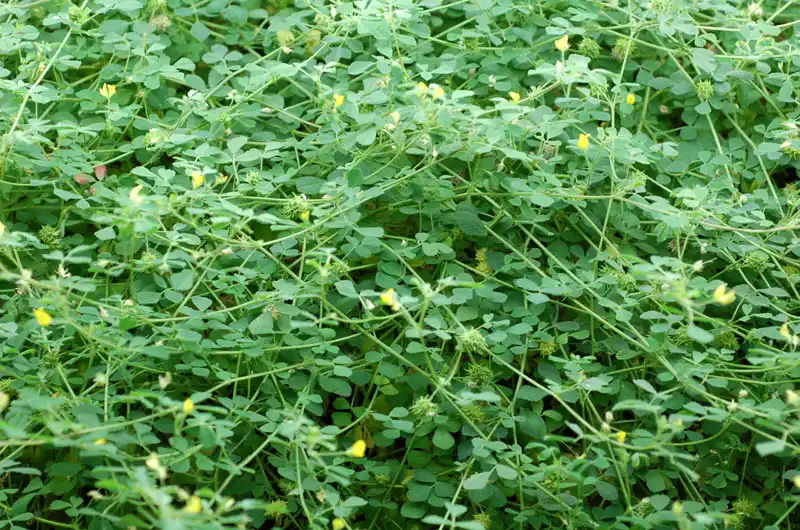In cereal and legume crops, the size of the plant organs, particularly seeds, is closely related to final yield. However, the molecular mechanisms underlying organ size control in legumes are still poorly understood.
In a previous study, researchers from the Xishuangbanna Tropical Botanical Garden (XTBG) of the Chinese Academy of Sciences characterized a key regulator, the F-box protein MINI ORGAN1 (MIO1)/SMALL LEAF AND BUSHY1 (SLB1), which controls plant organ size in the model legume Medicago truncatula.
In a new study published in Physiologia Plantarum, the researchers further explored how the MIO1 protein regulates organ size. They performed a yeast library screen and isolated a potential interactor, MtKIX8, by using MIO1 as a bait.
The interaction between MIO1 and MtKIX8 was further confirmed by Y2H, BiFC, split-luciferase complementation and pull-down assays. Phylogenetic analyses indicated that MtKIX8 was highly homologous to Arabidopsis KIX8, which negatively regulates organ size.
Quantitative reverse transcription PCR and in situ hybridization showed that MtKIX8 is expressed in most developing organs. They also found that MtKIX8 serves as a critical molecular adaptor, facilitating interactions with BIG SEEDS1 (BS1) and MtTOPLESS (MtTPL) proteins in M. truncatula.
Y2H results showed that MtKIX8 also directly interacts with BS1 and MtTOPLESS (MtTPL), suggesting that MtKIX8 represses organ size by forming the conserved repressor complex in M. truncatula.
The researchers then sought to verify the gene function of MtKIX8 in M. truncatula. They performed a reverse genetic screen to identify the mutant harboring the Tnt1 retrotransposon in the MtKIX8 gene locus. They observed that the mtkix8 mutant produced enlarged leaves and seeds. When MtKIX8 was ectopically expressed in Arabidopsis, it rescued the increased organ size phenotype of the kix8 mutant.
The study demonstrates that MtKIX8 plays an important and conserved role in regulating organ size, and it would be a promising locus for molecular design breeding in legumes.
“Our study provides a useful target gene for the future genetic improvement of legume forage and crops,” said CHEN Jianghua of XTBG.
Read the paper: Physiologia Plantarum
Article source: Chinese Academy of Sciences
Author: Zhang Nannan
Image: A photograph of several potted plants of Medicago truncatula A17. Credit: Ninjatacoshell / Wikimedia






